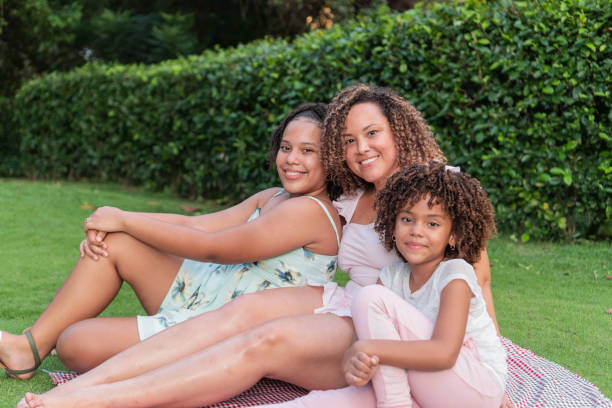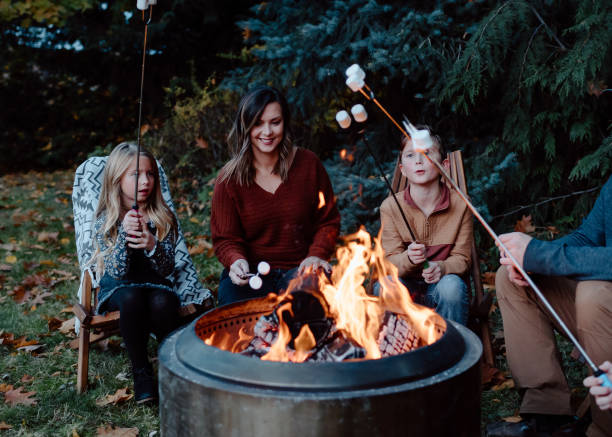How to Safely Travel as A Family
This post contains affiliate links. I may earn a commission at no extra cost to you if you make a purchase. Note that I’m not a health or outdoor safety professional, so further research is advised. Your support keeps Outdoors A-Z running—thank you! Read the full disclosure.. Read the full disclosure here.
Embarking on family adventures is an enriching experience, but ensuring the safety of every family member is paramount. This guide provides essential tips on how to safely travel as a family and create lasting memories without compromising well-being.
Table of Contents
Importance of Safe Family Travel
Traveling as a family opens doors to shared experiences and creates bonds that last a lifetime. However, safety concerns are natural, and addressing them head-on ensures a worry-free journey.
Common Concerns and Challenges
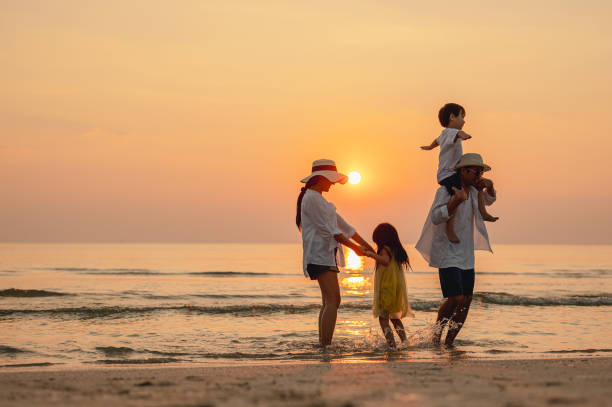
Addressing Travel Anxieties
Many families worry about safety, health, and logistics. Acknowledging these concerns is the first step toward finding practical solutions.
Pre-Travel Preparation
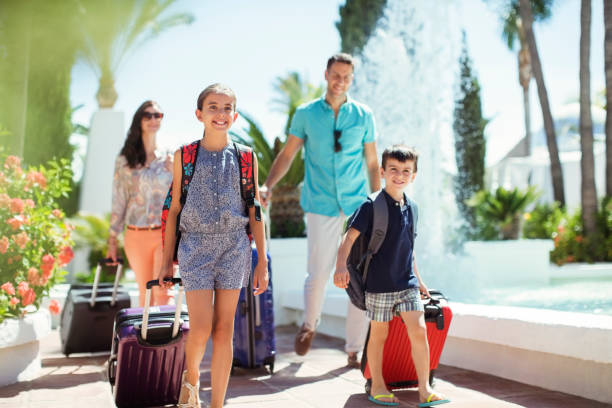
Researching Your Destination
Before departure, thoroughly research your destination. Understand local customs, emergency services, and any health or safety advisories.
Creating a Family Itinerary
Plan your itinerary to include family-friendly activities and attractions. Factor in rest days to avoid exhaustion, especially for younger travelers.
Health and Safety Checklists
Prepare checklists covering health essentials, safety measures, and emergency contacts. Include necessary medications, insurance information, and a list of local medical facilities.
Choosing Family-Friendly Accommodations
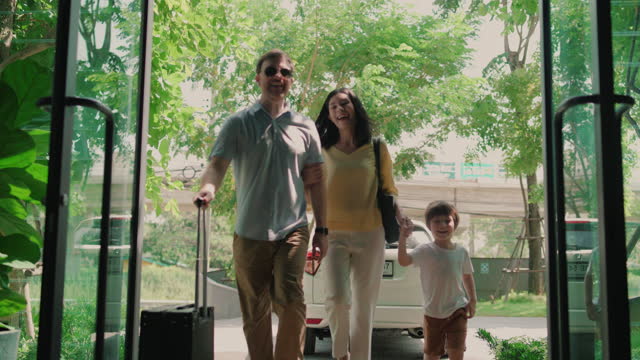
Hotel vs. Vacation Rentals
Consider the pros and cons of hotels and vacation rentals. Ensure your chosen accommodation is family-friendly and adheres to safety standards.
Checking Safety Measures
Inspect safety features in your chosen accommodation, such as secure windows and doors, childproofing, and emergency exits.
Proximity to Essential Services
Choose accommodations close to essential services like hospitals, pharmacies, and grocery stores for convenience.
Safe Transportation for Families
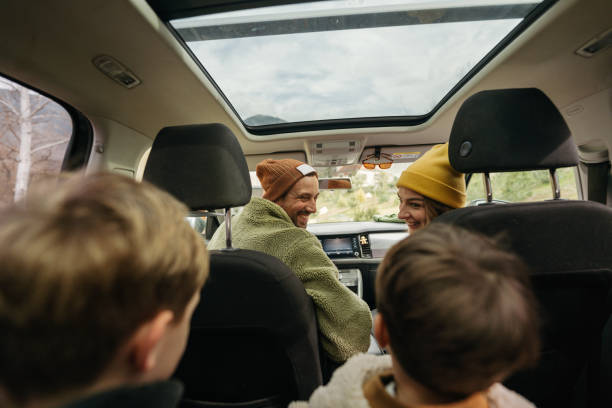
Choosing the Right Mode of Transport
Evaluate transportation options based on your destination. Consider factors like travel time, comfort, and the age of your children.
Car Safety Tips
If traveling by car, prioritize safety. Ensure car seats are installed correctly, and everyone wears seat belts at all times.
Ensuring Comfort for Young Travelers
Make long journeys comfortable for young travelers with regular breaks, entertainment, and age-appropriate activities.
Health Precautions
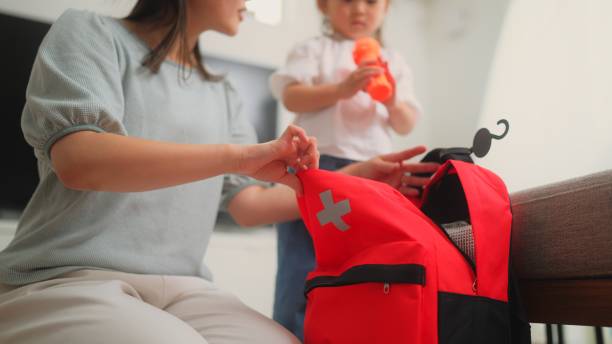
Vaccinations and Health Check-ups
Visit a healthcare professional well before your trip for necessary vaccinations and health check-ups.
Packing a Family First Aid Kit
Pack a comprehensive first aid kit with essential medications, bandages, and any specific items needed for family members.
Emergency Contacts and Medical Information
Keep a list of emergency contacts and medical information for each family member. Share this information with every family member.
Teaching Kids about Safety
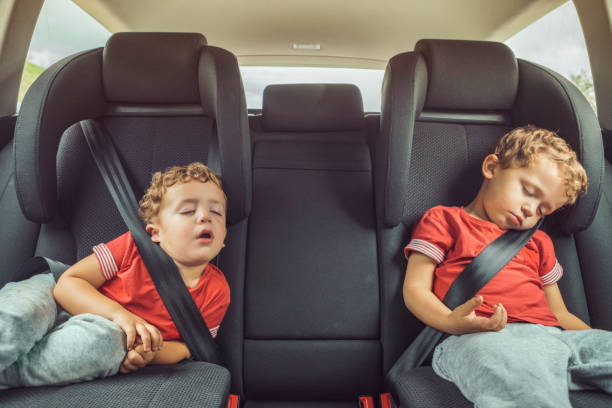
Age-Appropriate Safety Discussions
Tailor safety discussions to the age of your children. Discuss potential risks and how to respond in various situations.
Role-Playing Scenarios
Engage in role-playing scenarios to help kids understand and remember safety protocols.
Setting Clear Guidelines
Establish clear guidelines for behavior, emphasizing the importance of staying together in crowded places and following instructions.
Keeping Valuables Secure

Securing Passports and Documents
Keep passports, travel documents, and valuable items in a secure travel pouch or money belt.
Using Anti-Theft Measures for Belongings
Invest in anti-theft backpacks or purses. Be vigilant in crowded areas to prevent pickpocketing.
Distributing Valuables Among Family Members
Distribute valuables among family members to minimize the impact of potential losses.
Staying Connected

Using Technology for Communication
Leverage technology for staying connected. Have smartphones, walkie-talkies, or other communication devices for all family members.
Establishing Meeting Points
Identify and communicate meeting points in case family members get separated. Rehearse the meeting process with children.
Providing Kids with Contact Information
Ensure kids have contact information for the accommodation and emergency contacts. Teach them how to ask for help if needed.
Exploring Safely

Choosing Safe Tourist Attractions
Prioritize safety when selecting tourist attractions. Research reviews and safety records before visiting.
Supervising Outdoor Activities
Keep a close eye on children during outdoor activities. Ensure they understand safety guidelines for specific environments.
Teaching Kids About Stranger Danger
Educate children about the importance of staying close and not engaging with strangers. Establish a family password for added security.
Handling Emergencies
Knowing Local Emergency Services
Familiarize yourself with local emergency services. Save relevant numbers and addresses in your phone.
Dealing with Minor Injuries
Have a basic understanding of first aid to address minor injuries promptly. Seek professional help for more severe issues.
Having an Evacuation Plan
Know evacuation routes and have a plan in case of natural disasters or unexpected events.
Balancing Freedom and Supervision

Age-Appropriate Independence
Grant age-appropriate independence to older children while maintaining supervision.
Monitoring Teenagers
Stay informed about teenagers’ plans and locations. Encourage open communication about their experiences.
Ensuring Responsible Behavior
Instill a sense of responsibility in children. Discuss the consequences of risky behavior and the importance of making safe choices.
Documenting Memories Safely

Photographing Without Risks
Be mindful of surroundings when taking photos. Avoid risky positions, especially in unfamiliar or crowded areas.
Protecting Privacy in Social Media
Consider the privacy implications of sharing family photos on social media. Adjust privacy settings to control who sees your posts.
Backing Up Important Files
Regularly back up important files, including travel documents and photos. Use cloud storage for added security.
Healthy Eating on the Road
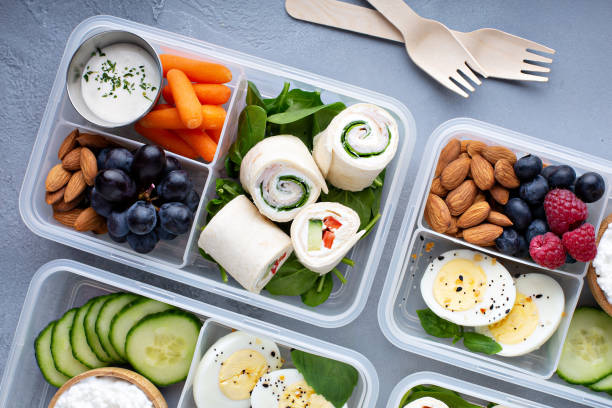
Planning Nutritious Meals
Plan meals that cater to everyone’s dietary needs. Research local cuisine and find options that suit your family.
Dealing with Food Allergies
If family members have food allergies, communicate these clearly in restaurants and be prepared with allergy medications.
Hydration Tips for the Family
Stay hydrated, especially in warm climates. Carry reusable water bottles and encourage regular water breaks.
Navigating Cultural Sensitivities
Researching Local Customs
Research and respect local customs and traditions. Adapt your behavior to align with cultural norms.
Respecting Traditions and Practices
Observe and respect local traditions. Educate children about cultural diversity and the importance of tolerance.
Adapting to Different Norms
Be flexible in adapting to different norms. Teach children the value of cultural sensitivity.
FAQs About Safely Traveling as a Family
How can I ensure my family’s safety during international travel?
Research your destination thoroughly, stay informed about local safety measures, and have emergency plans in place. Keep essential contacts readily available.
Is it safe to travel with young children?
Yes, it is safe with proper planning. Choose family-friendly accommodations, secure transportation, and prioritize health and safety precautions.
What should I do if my child gets lost during travel?
Establish meeting points, teach children about local emergency services, and provide them with contact information. Encourage them to ask for help from authorities or other families.
How can I balance freedom and supervision for teenagers during travel?
Maintain open communication, set clear expectations, and agree on check-in times. Encourage responsible behavior and involve teenagers in the planning process.
What’s the best way to document family travel memories?
Safely document memories by being mindful of surroundings when taking photos, adjusting social media privacy settings, and regularly backing up important files.










